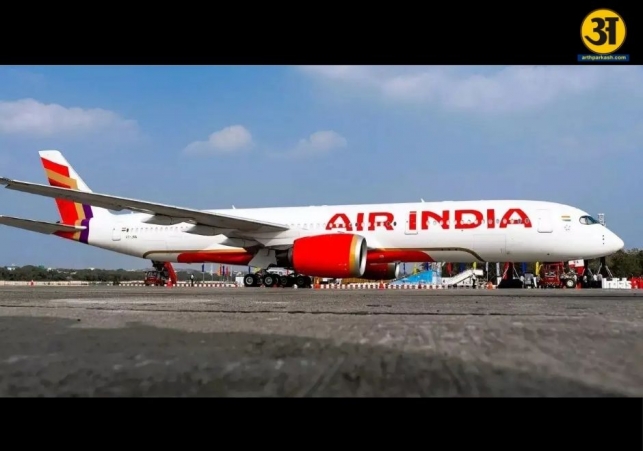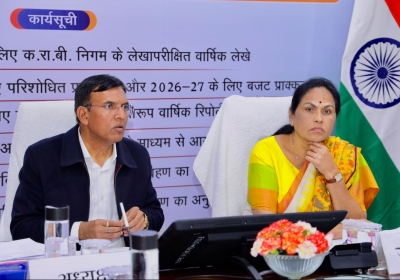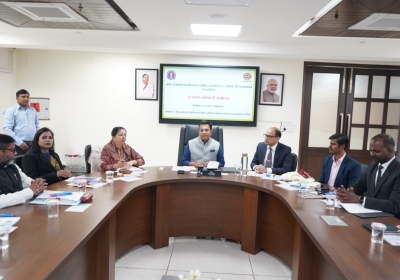
Indian Airlines may see insurance spike after Ahmedabad crash
Indian Airlines may face up to 30% insurance hike after deadly Ahmedabad crash
- By Gurmehar --
- Monday, 23 Jun, 2025
After the tragic Air India plane crash in Ahmedabad, Indian airlines are likely to face a steep rise in their insurance costs—by as much as 30%. This incident, the deadliest aviation disaster in over a decade, killed 241 passengers on board and dozens on the ground. The crash occurred on June 12, when the aircraft smashed into a residential area, leaving behind massive destruction and grief.
Experts in the insurance industry say the scale of the tragedy has triggered fear among insurers, who now expect to pay claims worth around $475 million. These include payments for the destroyed aircraft (its hull and engines), compensation for the families of the victims, and other legal liabilities. As a result, insurance premiums for all Indian airlines may rise sharply when it’s time to renew their insurance policies.
What experts say
Sajja Praveen Chowdary, a director at Policybazaar, believes the increase in premium for aviation insurance—including hull, war-risk, and liability coverage—will range between 10% and 30%. Similarly, Rohit Boda of J.B. Boda Group expects a jump of 10% to 25%. These predictions are based on how insurance companies respond to large-scale claims, especially when public and media attention is high.
In comparison, after a deadly crash in South Korea last year that killed nearly all 181 passengers, premiums only rose by about 15% to 18%. The current situation in India is even more severe, so a much higher jump is expected.
This surge in insurance costs won’t just affect Indian carriers. Insiders in the aviation and insurance sectors told Bloomberg that airlines around the world will see insurance prices go up, since the cost and risk will be shared globally. They also said that if there are more such accidents in the near future, the premium rates could reach record highs.
According to Allianz SE, most of the $15 billion paid out globally in aviation claims over the last five years were due to crashes. With air traffic growing steadily—especially in Asia-Pacific and North America—insurance companies had already been preparing for an increase in risk exposure. This latest crash will likely “harden” or push up global aviation insurance rates even more.
Air India’s total fleet is insured for about $20 billion, and the company pays around $30 million annually for its insurance coverage. The crash in Ahmedabad has become one of the costliest disasters for the airline in recent history, and is expected to significantly affect not only its own future premiums but also those of other carriers in India.
“A catastrophe of this scale will contribute to hardening of global rates,” Chowdary said. He added that Indian insurers will now review how they assess risk, especially for larger aircraft and flights operating in busy or high-risk areas.
The expected increase in insurance premiums comes at a time when airlines are still recovering from the financial impact of the COVID-19 pandemic. Rising jet fuel prices, pilot shortages, and increasing demand for travel have already created economic pressure on the aviation industry. Now, with higher insurance premiums expected across the board, especially for full-service carriers and those operating large fleets, companies may be forced to adjust their ticket pricing or reduce their operational costs.
Even low-cost carriers could see their profits shrink as aviation insurance is a mandatory and significant expense. Some smaller operators may also find it harder to renew their policies if insurance companies raise the minimum requirements for safety and maintenance standards.
While airlines are likely to bear the immediate brunt of the premium hikes, the effects may trickle down to passengers. Increased operational costs might push airlines to raise airfares or reduce complimentary services. Infrastructural improvements at airports might also get delayed as airlines reallocate budgets toward insurance and safety reviews.
Airports that regularly handle high passenger traffic may now come under pressure to improve emergency response systems and reduce crowding around runways and takeoff zones. There may also be more scrutiny from aviation regulators on both private and government-run airports.
ALSO READ: FASTag Annual Pass: Nitin Gadkari reveals how commuters can save big over the year
ALSO READ: Good news for UPI users: payment response time to be 10–15 seconds — here’s what it means
Investigations continue
Meanwhile, the probe into the Ahmedabad crash is still ongoing. Early reports suggest possible technical failure, but officials have not yet ruled out human error or other factors. The loss of an ex-Gujarat Chief Minister, who was onboard, added political attention to the tragedy, putting additional pressure on investigators and regulators to find the root cause quickly.
The results of the investigation could influence how future insurance terms are framed—not just for Air India but for all Indian airlines.
The Ahmedabad crash has become a turning point for India’s aviation insurance industry. With expected premium hikes between 10% and 30%, airline companies are bracing for financial strain. As insurers tighten their rules and raise prices, the aviation sector—still recovering from earlier shocks—may face new challenges in maintaining its services without raising prices for passengers. The ripple effects are likely to be felt not just in India but across global aviation markets in the months to come.





